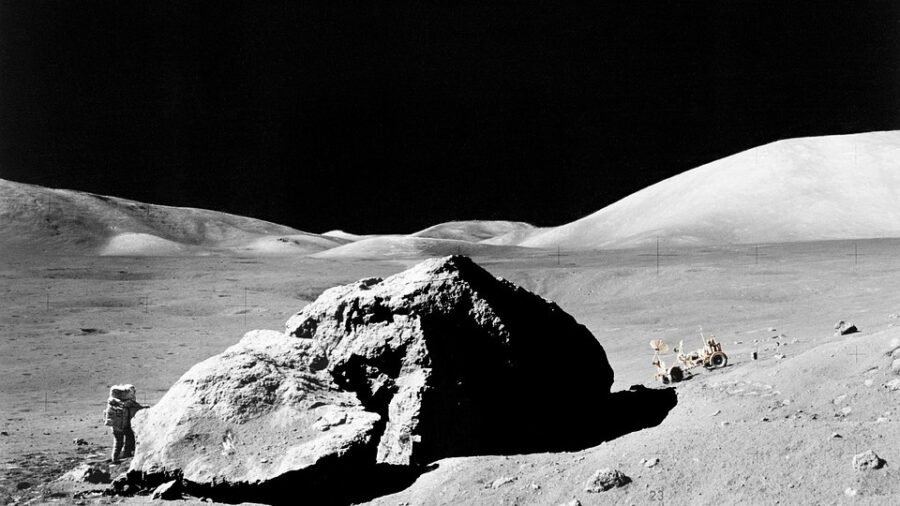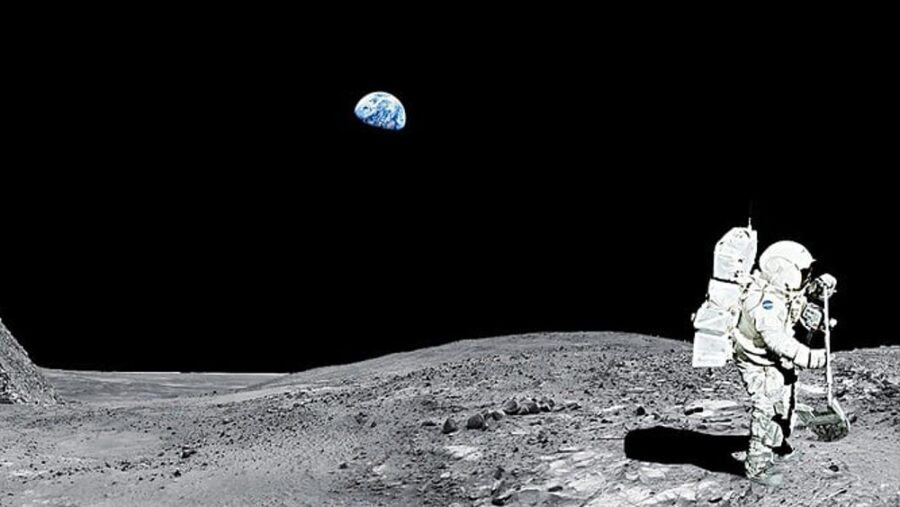India Successfully Landed On The Moon

According to a recent report from Reuters, India’s Chandrayaan-3 spacecraft has successfully landed on the moon, making the country the fourth in history to accomplish the incredible feat. In an even greater display of India’s space-faring prowess, the nation has become the first in history to land on the South Pole of the lunar satellite, which remains largely unexplored due to its highly rugged terrain. This news comes just days after a similar moon landing expedition from Russia failed this very task, resulting in a spacecraft crash.
India is now the fourth nation to reach the Moon and the first to land on the lunar South Pole.
Prime Minister Narendra Modi celebrated the moon landing in real-time while attending the BRICS Summit in South Africa, calling the triumphant expedition a victory cry for his home nation. The only nations other than India to have accomplished the feat thus far are the United States, China, and the former state of the Soviet Union.
The first moon landing in history occurred as the space race raged between the United States and the Soviet Union throughout the 1950s and 1960s. At the time, the Soviet Union had bested the United States at nearly every turn, landing the first spacecraft back on Earth after departing the atmosphere, launching the first satellite, and putting the first man and first woman on a successful spacewalk.
In July of 1969, however, NASA scientists managed to successfully put the Apollo 11 lunar module on the surface of the moon, making history and essentially winning the space race for the United States.
India achieved the moon landing days after Russia attempted, and failed, to also land on the lunar South Pole.
Since then, the Soviet Union and China have mounted successful moon landings, though nations such as India have failed to catch up since the turn of the century. The nuclear-powered country last manned an ultimately failed attempt to reach the moon in 2019 before circling back and spending over $75 million to fund this latest expedition. Clearly, the hard work has paid off for Indian scientists, proving to many that India has emerged as a modern global superpower.

This event will surely be a topic of discussion at the upcoming G-20 Summit, which is set to take place in New Delhi from September 9 through September 10. NASA Administrator Bill Nelson took to X (formerly Twitter) to congratulate the Indian Space Research Organization for the moon landing, exclaiming that he and his NASA compatriots are proud to consider themselves partners with the foreign space agency.
Now that India has completed their first moon landing, the Chandrayaan-3 is slated to remain on-site conducting various experiments and analysis of the moon’s surface for two weeks. The success of this moon landing has given India the confidence to secure funding and research for a host of other space-faring projects, including possible voyages to Venus and Mars and a deep-space trip to study the Sun.
Now that India has completed their first moon landing, the Chandrayaan-3 is slated to remain on-site conducting various experiments and analysis of the moon’s surface for two weeks.
While there’s no way to be sure what’s next for India or what country will be lucky number 5 to conduct a moon landing, this expedition will surely go down in history for the nation. In the meantime, the rest of the world will anxiously await the data collected by the ISRO, in hopeful anticipation that the results show new information about the moon’s unexplored South Pole.












